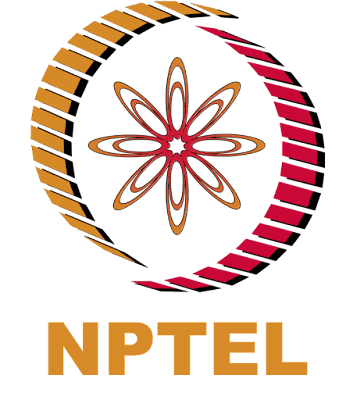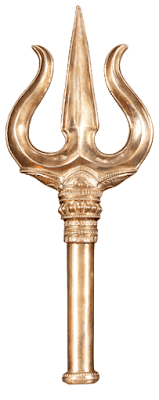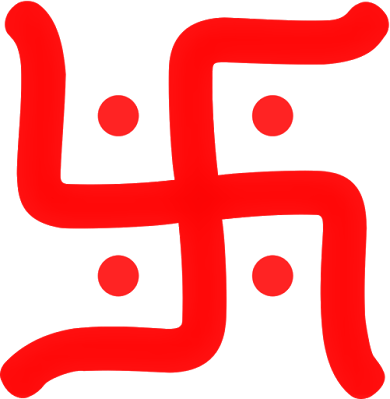NATIONAL PROGRAMME ON TECHNOLOGY ENHACED LEARNING

NATIONAL PROGRAMME ON TECHNOLOGY ENHACED LEARNING National Programme on Technology Enhanced Learning (NPTEL), is a joint venture of the IITs and IISc, funded by the Ministry of Education (MoE) Government of India and was launched in 2003. Initially started as a project to take quality education to all corners of the country, NPTEL now offers close to 600 plus courses for certification every semester in about 22 disciplines. This is the largest online repository in the world of courses in engineering, basic sciences and selected humanities and management subjects with its YouTube channel it is the most subscribed educational channel. It has more than 56000 hours of video content, transcribed and subtitled and its library of peer-reviewed. It has translated more than 12000 hours of English transcripts in regional Indian languages. NPTEL began offering open online courses in March 2014. Massive Open Online Courses (MOOC) is essentially an asynchronous teaching-learning pl

